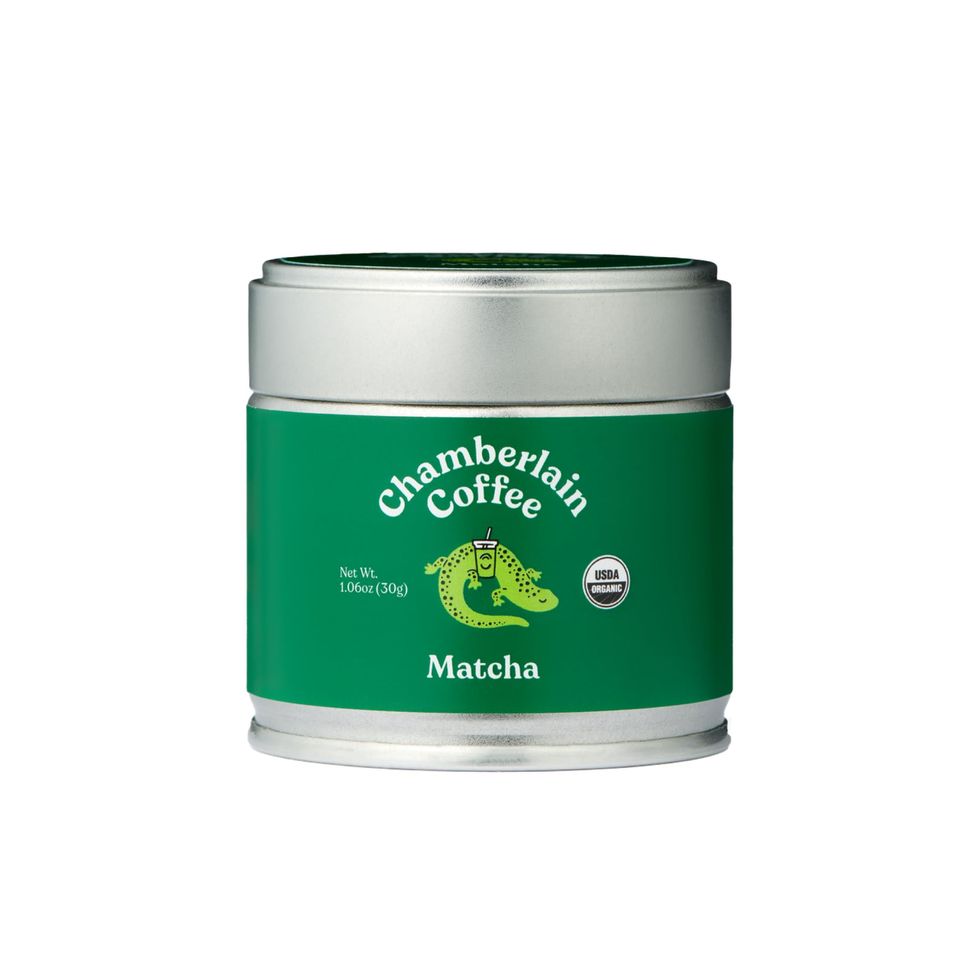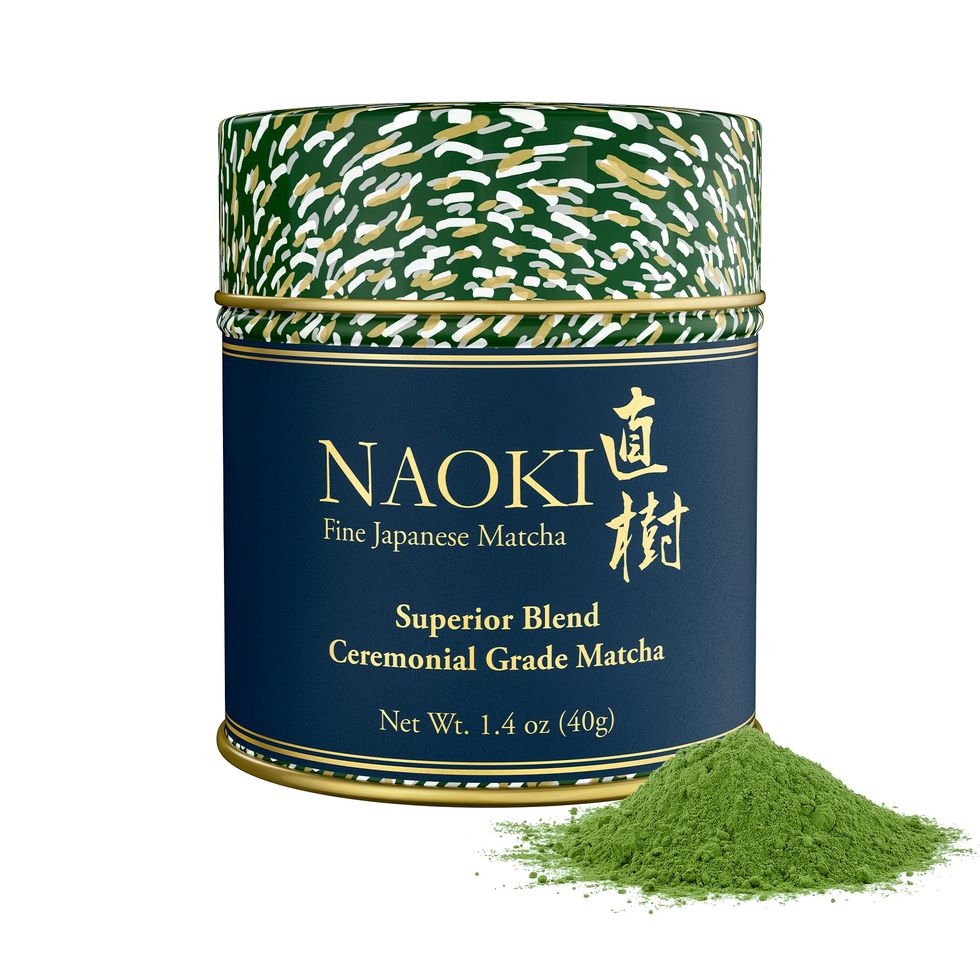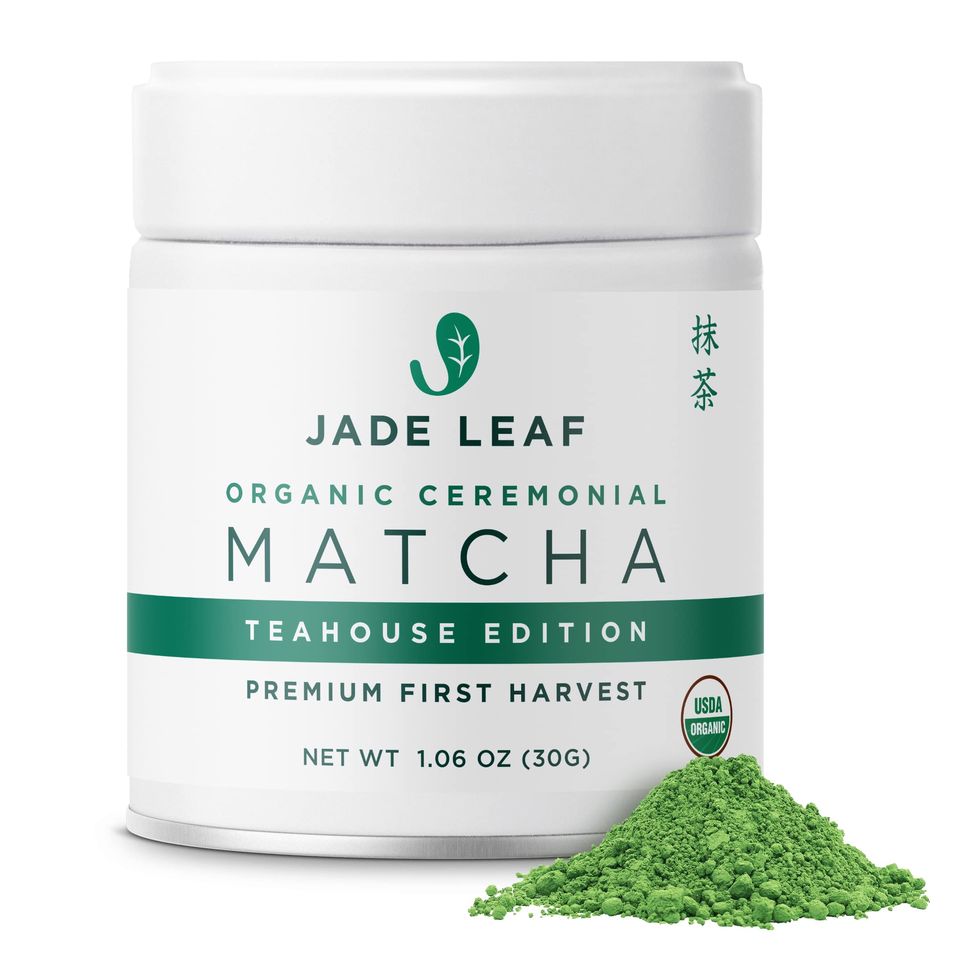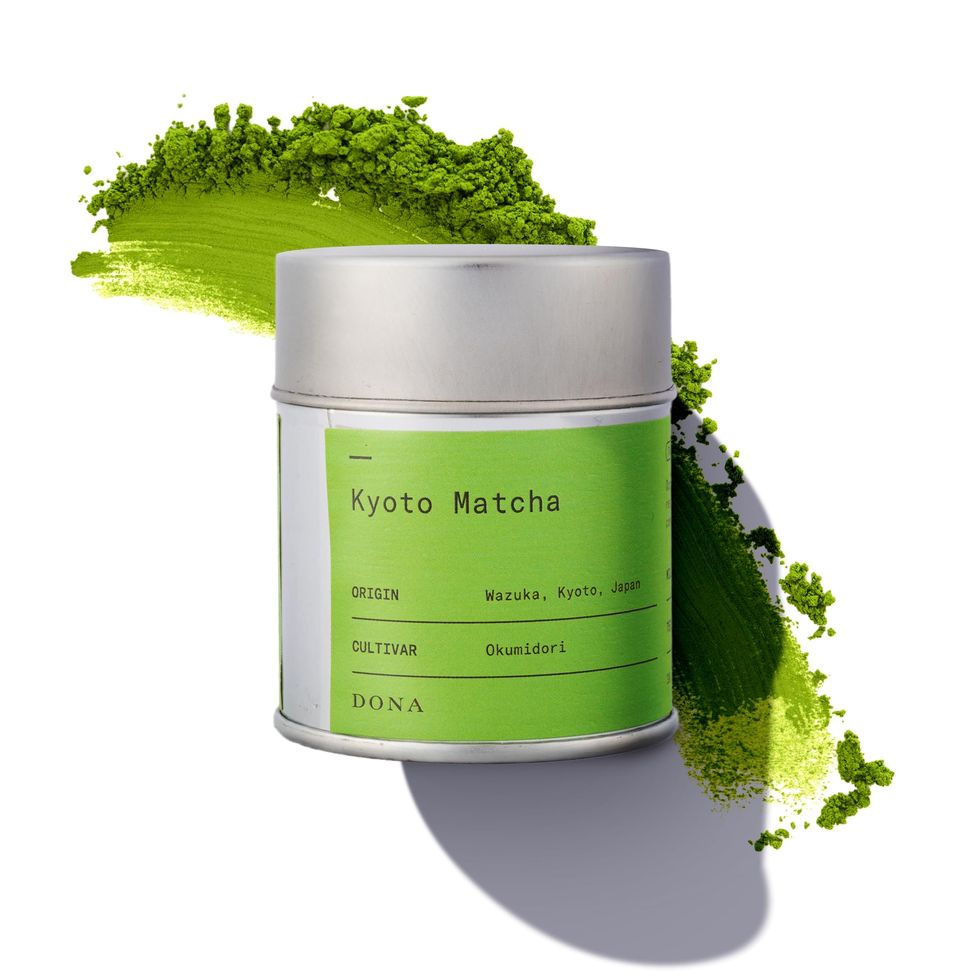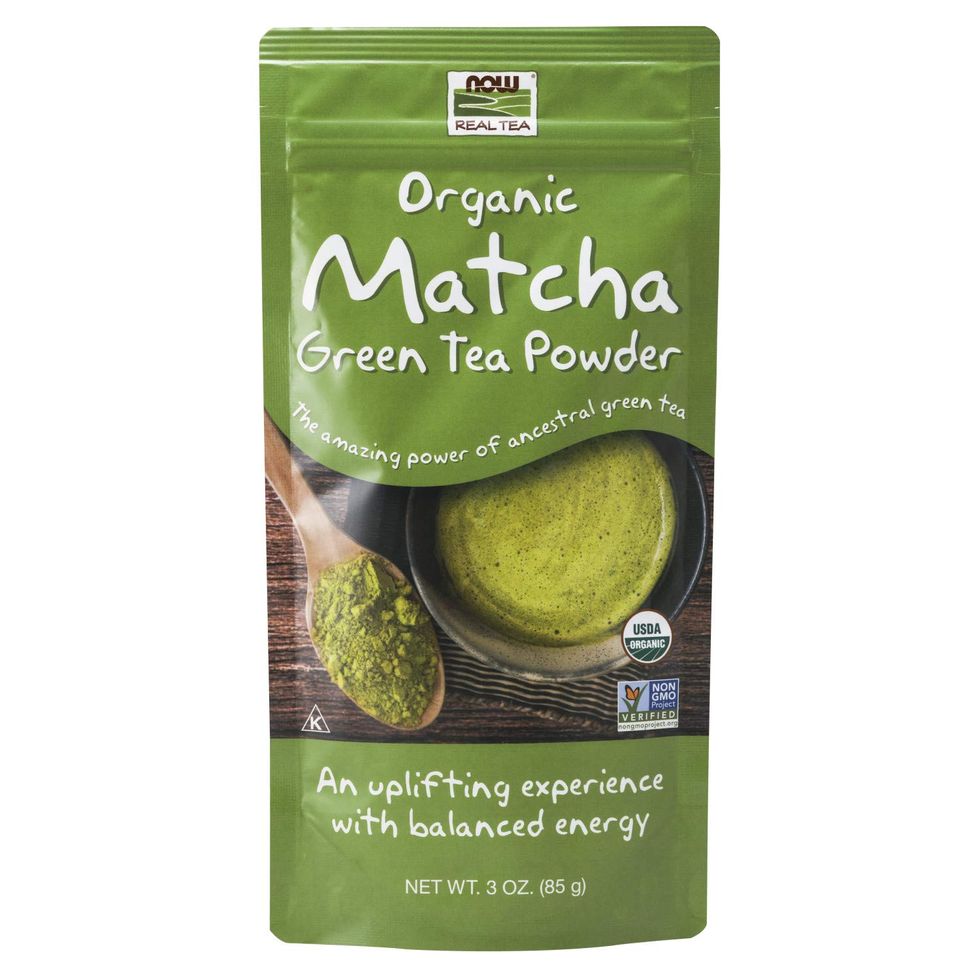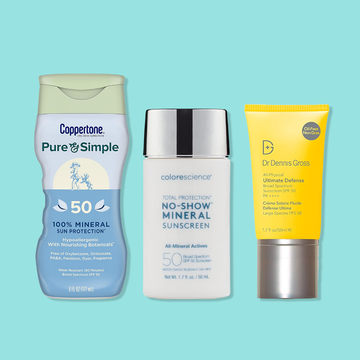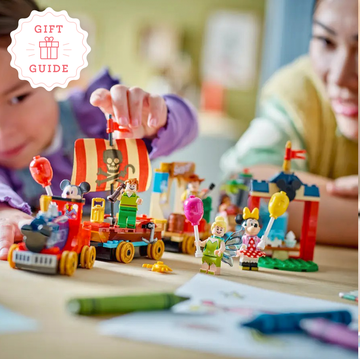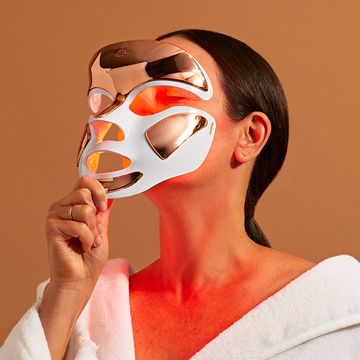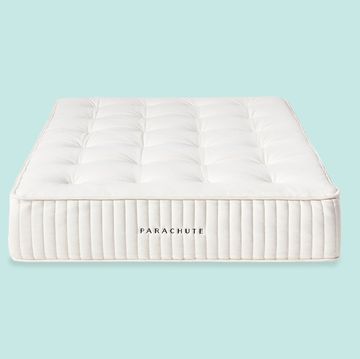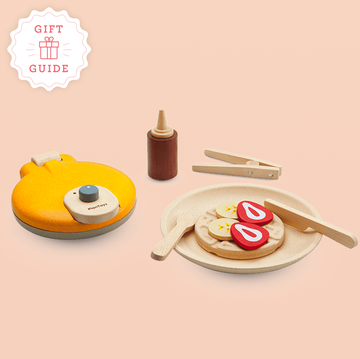The Best Matcha Powders, According to Nutritionists
The best tasting and tested matcha powders for enjoying hot, iced, in lattes or baked goods.
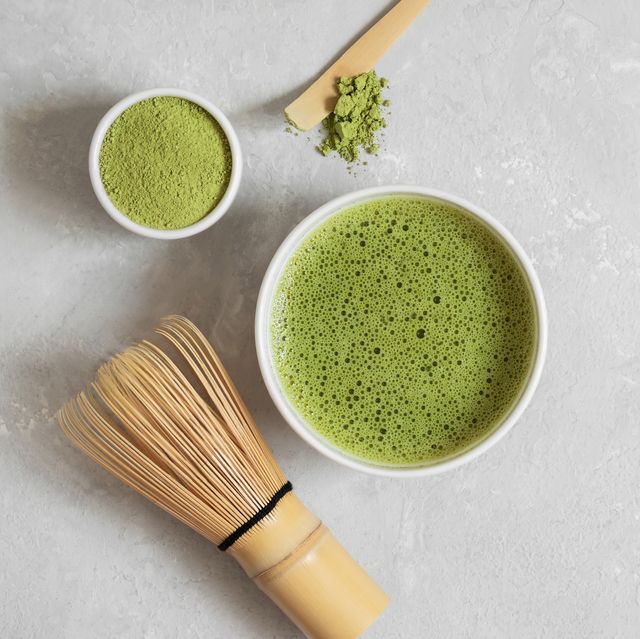
We've been independently researching and testing products for over 120 years. If you buy through our links, we may earn a commission. Learn more about our review process.
Derived from finely ground tea leaves, Matcha is a bright green powder with origins in Zen Buddhism where it was used in tea ceremonies and as a tool for meditation. In its finest form, matcha takes the name ceremonial from its origins and can be enjoyed, hot, iced or in a latte. Culinary matcha, on the other hand, is primarily used in baking.
"Matcha is basically green tea in powdered form, however its nutritional profile differs due to the slight difference in the way each is grown and processed," says registered dietitian Sydney Greene, M.S., R.D.N., founder of Greene Health. Unlike traditional tea leaves that are removed after steeping, matcha powder is made from the entire leaf, which you are consuming, and leads to the higher antioxidant consumption. Matcha offers many health benefits, including a smoother caffeine experience compared to coffee thanks to its chemical composition which includes L-theanine, an amino acid, that when paired with caffeine can enhance concentration and reduce stress.
Our Good Housekeeping Institute experts have tested over 30 brands of matcha in recent years, including analyzing ingredient lists and conducting taste tests. Many of our top-tested picks are also favorites of our analysts and on-staff dietitians.
Amy (she/her) is a registered dietitian with the Nutrition Lab at the Good Housekeeping Institute, covering nutrition- and health-related content and product testing. She holds a bachelor's degree in journalism from Miami University of Ohio and a master's degree in clinical nutrition from NYU. Prior to Good Housekeeping, she worked at one of the largest teaching hospitals in New York City as a cardiac transplant dietitian. She has authored numerous chapters in clinical nutrition textbooks and has also worked in PR and marketing for food company start-ups.
Eva (she/her) is a reviews analyst in the Kitchen Appliances and Innovation Lab, where she tests kitchen gear, home appliances and culinary innovations. She graduated from NYU with a bachelor of science in food studies, nutrition and public health and is a trained chef through the Natural Gourmet Institute. Eva has more than 10 years of experience in the food industry, working as a food stylist, personal chef and marketing manager.
Watch Next


Th Best Gifts for 4-Year-Old Boys

The Best Period Swimsuits
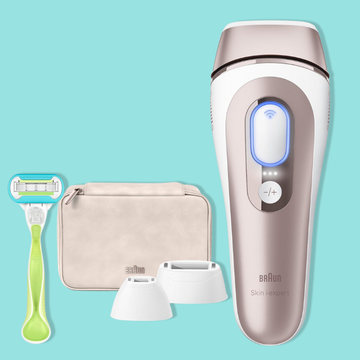
The 10 Best At-Home Laser Hair Removal Devices

The 5 Best Treadmills for Your Home Gym

